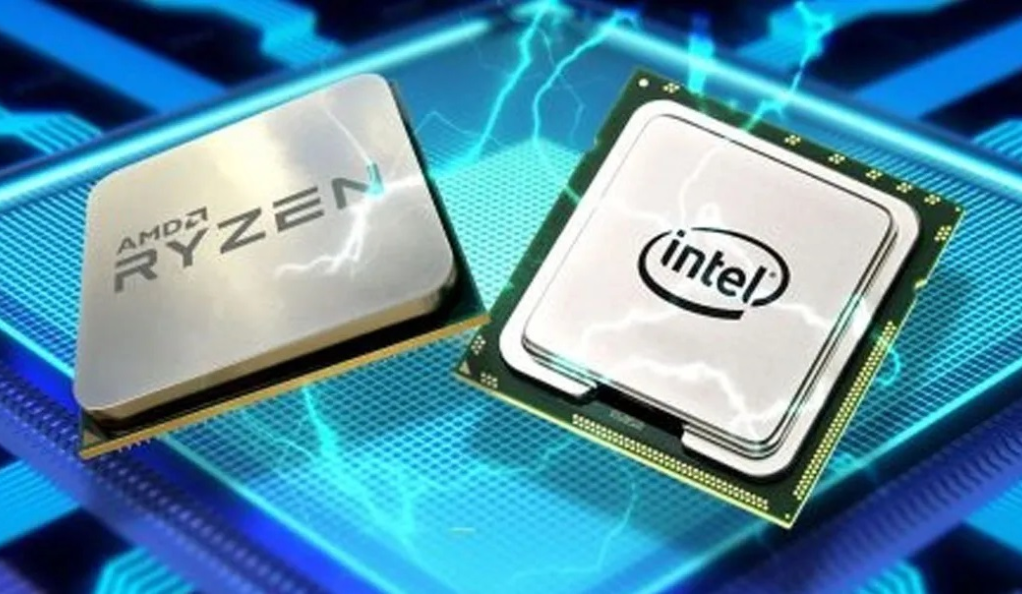Evaluating Investment Potential in Intel and AMD as Chip Slowdown Recedes
The semiconductor industry has seen considerable fluctuation over the past few years, with a notable slowdown in chip production affecting the performance of many industry giants, including Intel and Advanced Micro Devices (AMD). Now, as the chip slowdown begins to recede, potential investors may be considering these two giants as promising options for their portfolio. This article aims to assess the investment opportunities in Intel and AMD and understand the impact of the chip slowdown on their market value.

Assessing the Investment Opportunities in Intel and AMD
Intel Corporation has long been considered a stable and reliable investment, with its diverse product portfolio and leading market share in the semiconductor industry. Despite the slowdown, the company managed to maintain a steady revenue stream, thanks to its broad customer base and robust network. Moreover, Intel’s continued investment in research and development promises a steady pipeline of innovative products, which could potentially drive future growth. However, investors should also consider Intel’s challenges, particularly the increased competition brought by AMD.
On the other hand, AMD has emerged as a formidable competitor to Intel, particularly in the server and data center markets where it has been gaining significant market share. AMD’s successful Ryzen and EPYC chip series have been driving its growth and earning it the reputation of an industry disruptor. Furthermore, the company’s strategic partnerships and collaborations, such as those with Microsoft and Google, bode well for its future prospects. However, AMD’s smaller scale compared to Intel could make it more susceptible to market volatility.
Understanding the Impact of Chip Slowdown on Intel and AMD’s Market Value
The slowdown in chip production had a significant impact on the market value of both Intel and AMD. Intel, with its larger scale and diversified product offerings, was better positioned to absorb the impact. However, the slowdown exposed Intel’s reliance on the PC market, which has been experiencing declining growth. This factor, coupled with increased competition from AMD, resulted in a decline in Intel’s market value during the slowdown.
AMD, although initially hit harder by the slowdown due to its smaller size, managed to bounce back relatively quickly. The company’s emphasis on high-performance computing and graphics technologies played a crucial role in this recovery. The success of its Ryzen and EPYC chips, despite the slowdown, saw AMD’s market value skyrocket, outperforming Intel in terms of stock price growth. However, it is important for potential investors to consider that AMD’s smaller size and narrower product line could pose a greater risk in periods of market uncertainty.
In conclusion, investment potential in Intel and AMD depends largely on the investor’s risk tolerance and investment horizon. Intel, with its diversified product portfolio and leading market share, offers stability but faces challenges including a shrinking PC market and fierce competition. Meanwhile, AMD offers substantial growth potential, driven by its successful products and strategic partnerships, but comes with greater risk due to its smaller size and narrower focus. As the chip slowdown recedes, both companies present intriguing opportunities for investors who are willing to navigate the complexities of the semiconductor industry.
AllIn1Bitcoins works diligently to offer impartial and trustworthy data on cryptocurrency, finance, trading, and stocks. Nonetheless, we are unable to furnish financial counsel and encourage users to undertake their own inquiries and due diligence.












